Entry Type: Thing
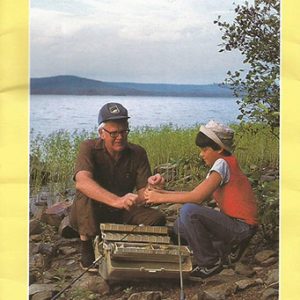 Sesquicentennial Brochure
Sesquicentennial Brochure
 Sesquicentennial Celebration: First Day Cover Envelope
Sesquicentennial Celebration: First Day Cover Envelope
 Sesquicentennial Tickets
Sesquicentennial Tickets
 Sevier County Map
Sevier County Map
 Ambrose Sevier Gravesite
Ambrose Sevier Gravesite
Sex Education
Shady Grove Delmar Church and School
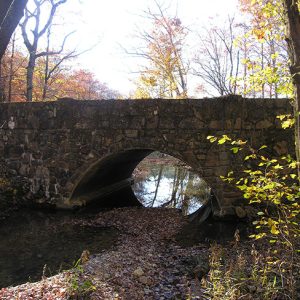 Shady Lake CCC Bridge No. 1
Shady Lake CCC Bridge No. 1
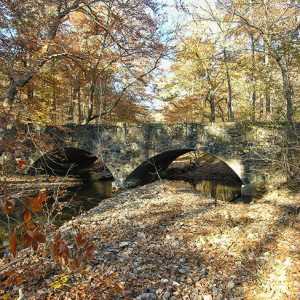 Shady Lake CCC Bridge No. 2
Shady Lake CCC Bridge No. 2
Shady Lake CCC Bridges
Shakespeare Series
aka: Lily Bard Series
Shape-Note Singing
Sharecropping and Tenant Farming
Sharkansas Women’s Prison Massacre
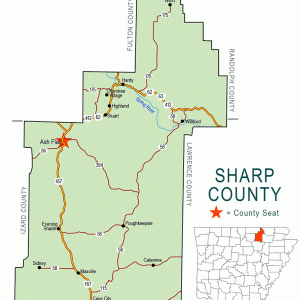 Sharp County Map
Sharp County Map
 Shaw Bridge
Shaw Bridge
Shaw-Blair House
She Couldn’t Say No
aka: Beautiful But Dangerous
Shelter
Shelton v. Tucker
Shelton-Lockeby House
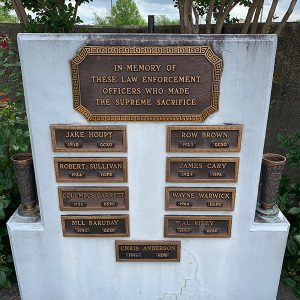 Sheriff's Memorial
Sheriff's Memorial
Sherman Mound Site
 Shield #7 by Les Christensen
Shield #7 by Les Christensen
Shiloh Meeting Hall
aka: Shiloh Church
Shiloh Missionary Baptist Church
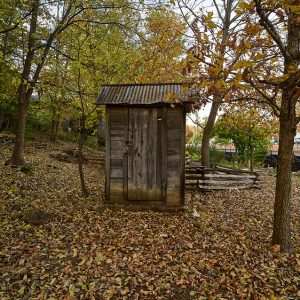 Shiloh Privy
Shiloh Privy
Shiny Happy People: Duggar Family Secrets
 Shirley Bridge
Shirley Bridge
Shoppach House
aka: Sadie Praytor Home
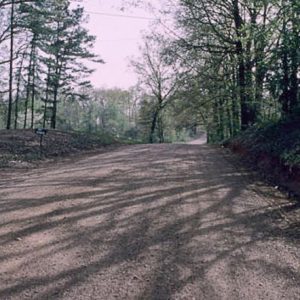 Short Mountain Road
Short Mountain Road
 Shrews of Arkansas
Shrews of Arkansas
Shrews
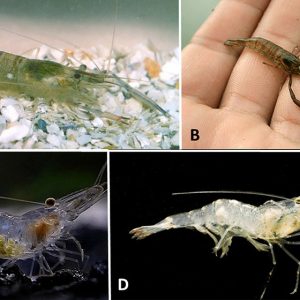 Shrimps of Arkansas
Shrimps of Arkansas
Shrimps
aka: Prawns
Shrubs
 Silo Construction
Silo Construction
 Silo Construction
Silo Construction
 Silo Construction
Silo Construction
 Silo Damage
Silo Damage
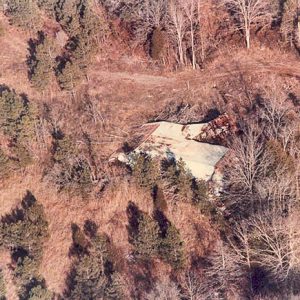 Silo Door
Silo Door
Siloam Springs Museum
 Siloam Springs Welcome Sign
Siloam Springs Welcome Sign
Silver Mining
Silverfish
aka: Bristletails
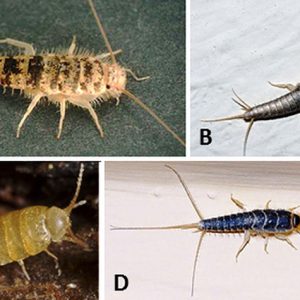 Silverfish
Silverfish
 Silversides
Silversides




